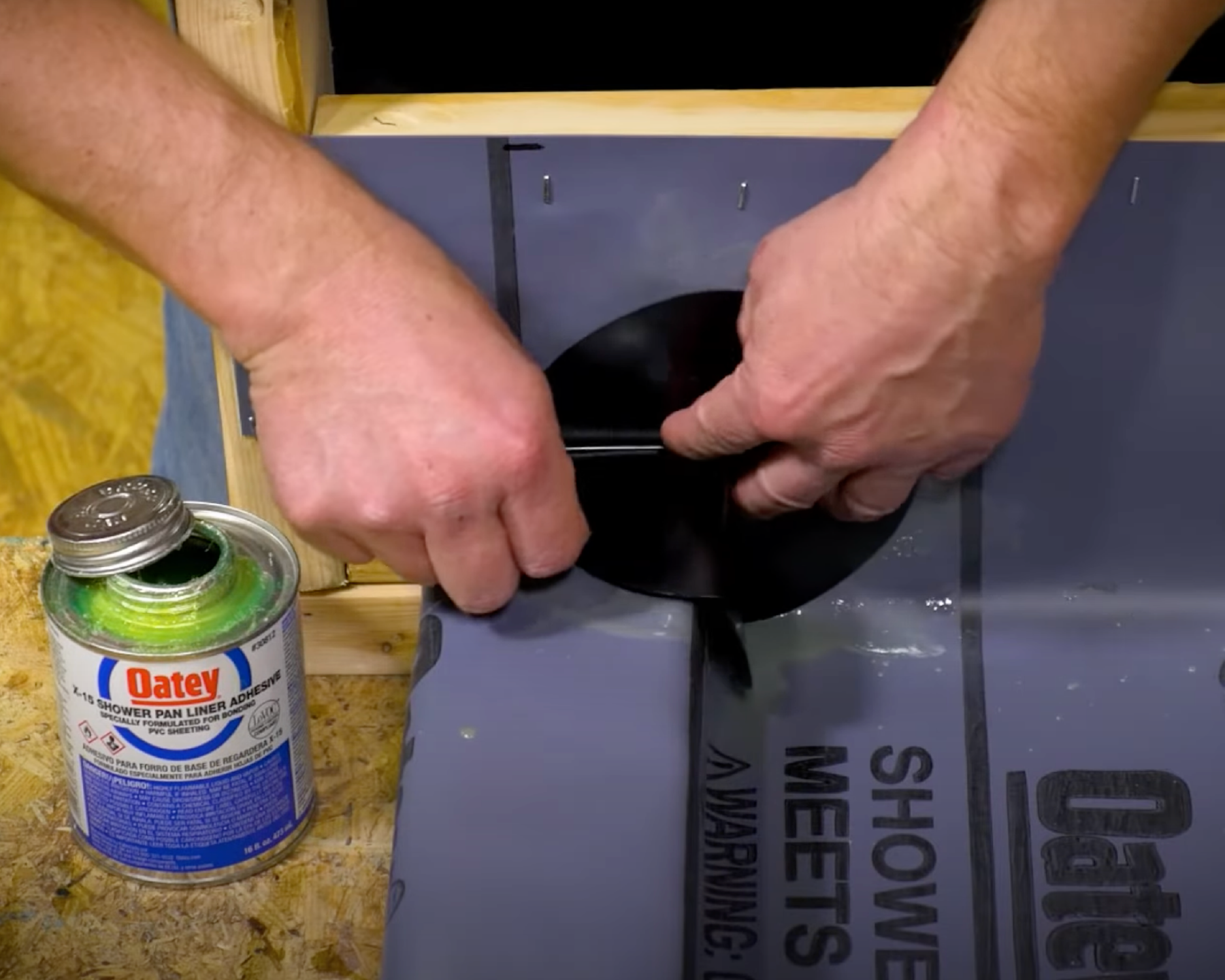Waterproofing stands out as a crucial step that should not be overlooked in the pursuit of building the perfect shower. A reliable waterproof shower ensures the longevity and durability of your bathroom and protects your home from potential water damage.
This blog aims to simplify the concept of shower waterproofing, discuss the leading systems available, and provide practical tips to assist both intermediate and experienced contractors in achieving a flawless waterproof seal.
Why Is Shower Waterproofing Essential?
Waterproofing a shower isn’t just about preventing visible water puddles; it's also about safeguarding the structural integrity of the home. Inadequately waterproofed showers can result in the growth of mold and mildew and cause wood to rot. Furthermore, neglecting to adhere to waterproofing standards may lead to expensive repairs in the future.
How can you discern whether a shower has been improperly waterproofed? A telltale sign of waterproofing failure is a persistent musty odor in the bathroom, indicative of mold or mildew growth from moisture.
Choosing the Best Waterproofing System for Tiled Showers
Various membrane options exist for creating a waterproof barrier in a tiled shower system, each with its own advantages and limitations. Understanding your options will enable you to select the most suitable system for your project.
Liquid Waterproofing:
This method involves painting a waterproof membrane directly onto the surface to be tiled. It's flexible, easy to apply, and allows for seamless coverage even in corner areas. However, ensuring uniform thickness is crucial for its effectiveness.
Fabric Liners:
Oatey’s QuickDrain fabric liners offer a modern and efficient solution. They provide a thin yet robust waterproofing layer that integrates seamlessly with linear drain systems.
Hot Mop:
The hot mop method involves applying hot tar over the mortar bed and walls before installing tiles. While effective, the process is messy, emits pungent odors, and has fallen out of favor in residential settings.

Best Practices When Waterproofing a Shower
Ensure structural support:
The subfloor must provide adequate support and meet TCNA (Tile Council of North America) standards for stability. Inadequate support can lead to cracking and failure of the waterproofing layer.
Correct installation of drain base:
Securely anchor the drain base to the subfloor, ensuring it matches the plumbing system. Oatey offers the 130 Series Shower Drain for Tile Bases, facilitating easy and secure installation.
Pre-slope and weep hole protection:
Implement a pre-slope beneath the waterproof membrane to direct water into the drain, preventing pooling. Oatey Perfect Slope can help make the process stress-free and efficient. It allows you to install a perfect tile shower pre-slope, requiring half the mortar and half the time. Keep weep holes in the drain assembly clear to allow trapped water to escape.

Corner and seam sealing:
Use dam corners and seam tapes to reinforce the areas most susceptible to leaking. Oatey’s dam corners are specifically designed for this purpose.
Flood testing:
Before proceeding with tile installation, perform a flood test by plugging the drain with a test ball and filling the shower area with water to identify any leaks. Adhere to local codes regarding the test duration; Oatey recommends a two-hour flood test. This critical step verifies the integrity of the waterproofing system.

Common Mistakes to Avoid When Waterproofing a Shower
When it comes to shower waterproofing, it’s crucial to steer clear of these common errors:
- Neglecting the pre-slope installation: Ensure proper water drainage by paying attention to the installation of a pre-slope.
- Using non-waterproof backer boards: Prevent moisture infiltration by opting for waterproof backer boards instead.
- Blocking weep holes: Maintain effective water drainage by avoiding the obstruction of weep holes with excessive silicone or debris.
- Inadequate waterproofing membrane coverage: Extend the waterproofing membrane to an adequate height above the shower curb and onto adjacent walls to provide comprehensive protection.
- Incorrectly cutting membrane corners: Many installers incorrectly cut the corners of the liner and then try to use pipe cement to bond it. Instead, shower pan liners should be folded in the corners. However, for outside corners and curbs where liner cuts are necessary, we recommend using dam corners to waterproof these areas. PVC dam corners are preformed and designed to seal the junction of the curb and door jam, where a flexible liner membrane has been used for a traditional tiled shower installation. UseOatey® X-15 bonding adhesive for PVC and Oatey Weld solvent cement for CPE material.
- Penetrating the waterproof membrane or liner: Penetrating the waterproof membrane or liner can lead to shower failure. Water will migrate through any holes, reaching the framing and surfaces behind it. When attaching cement board to walls and curbs, do not use nails or screws lower than four inches above the flood rim or the top of your curb.
- Skipping the flood test: Before tile installation, perform a flood test to identify any potential leaks and verify the integrity of the waterproofing system.
Check out Oatey's guide on waterproofing your shower correctly for detailed instructions and tips on avoiding these common mistakes.
Shower waterproofing is essential to ensuring the longevity and integrity of your shower and home. By selecting the right waterproofing system and following best practices, you can avoid common errors and ensure your shower remains watertight. Taking the time to waterproof correctly will save you time, money, and hassle in the long run.